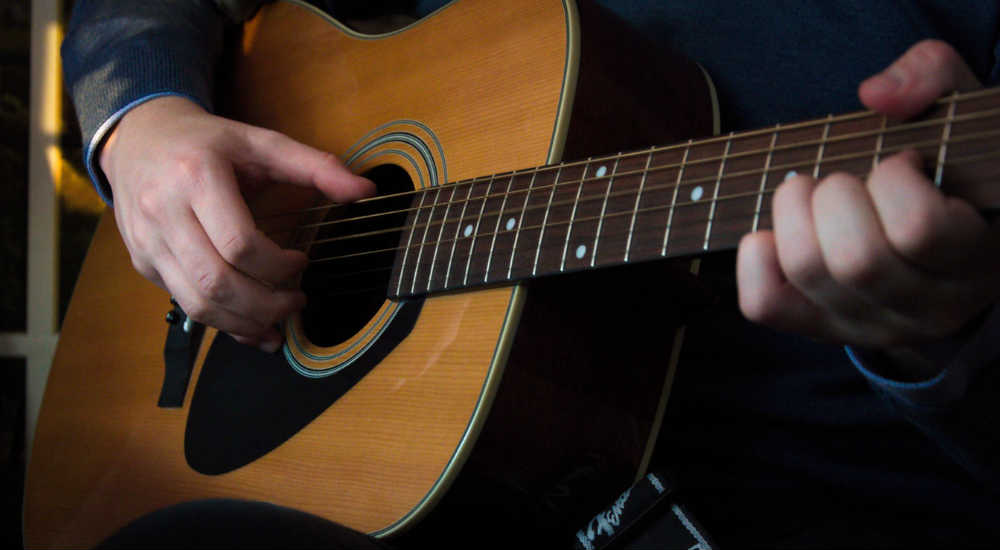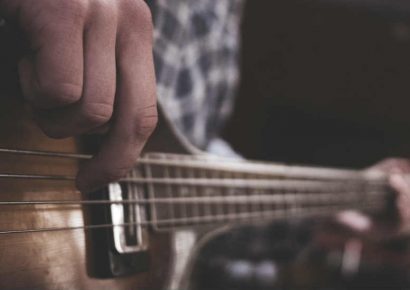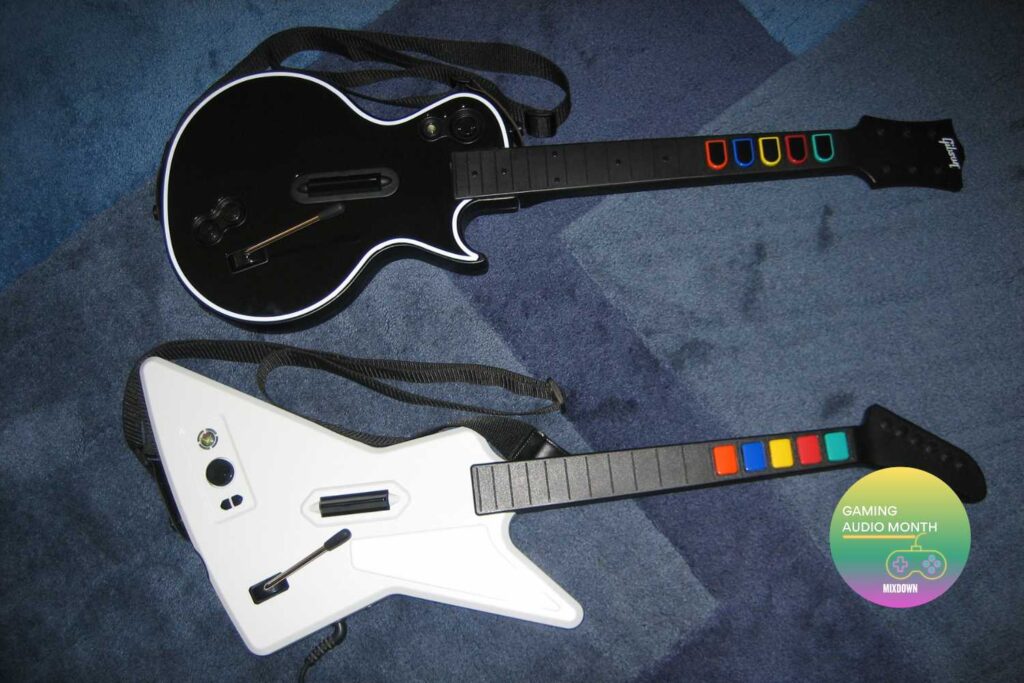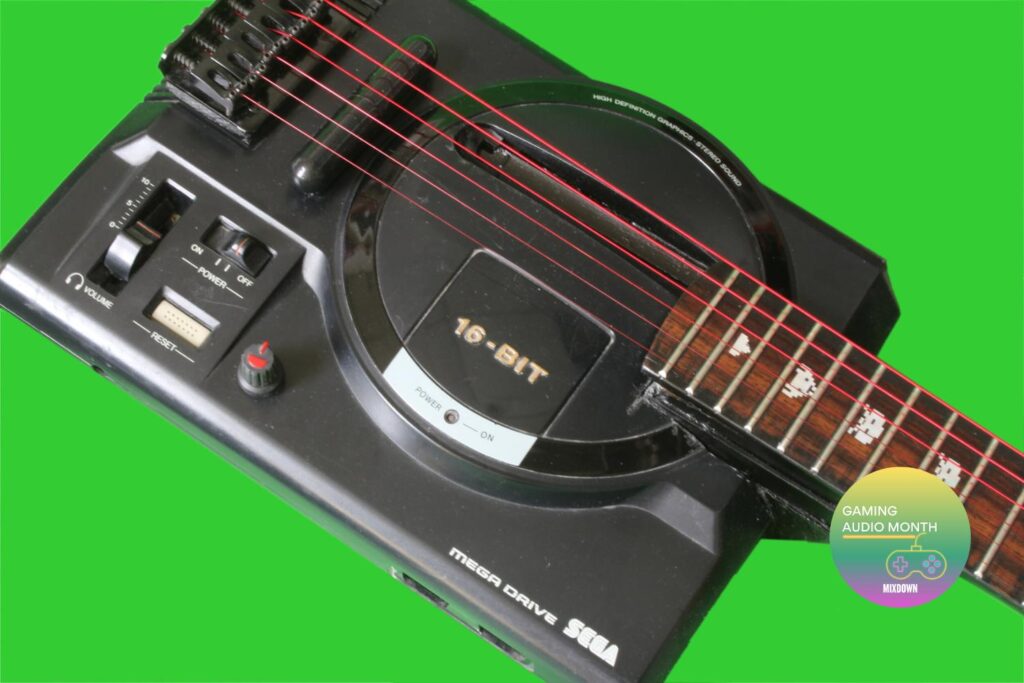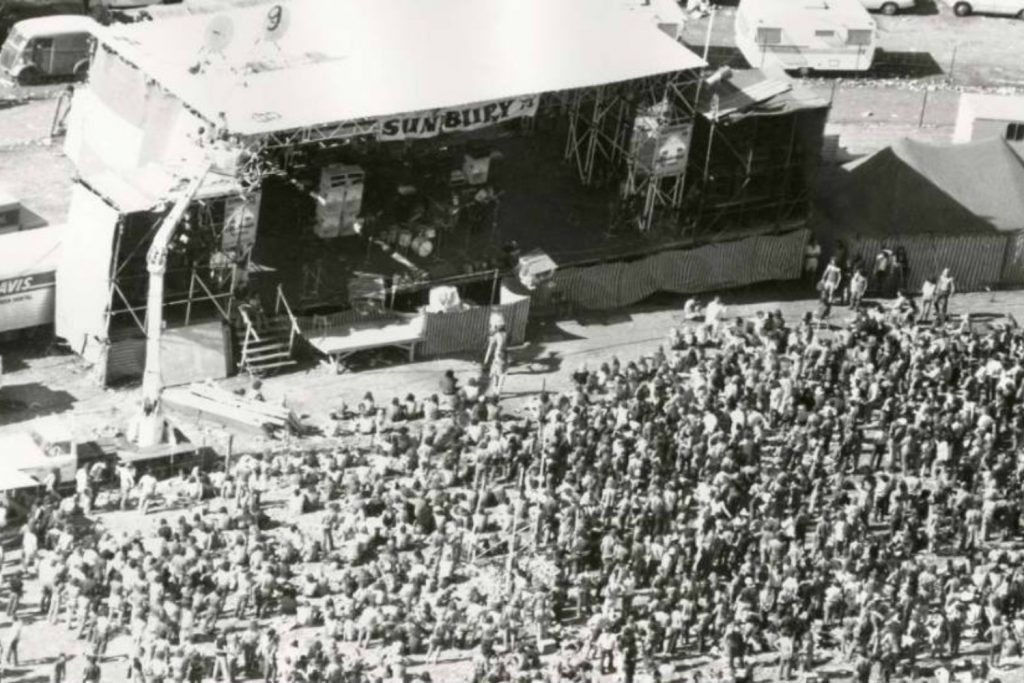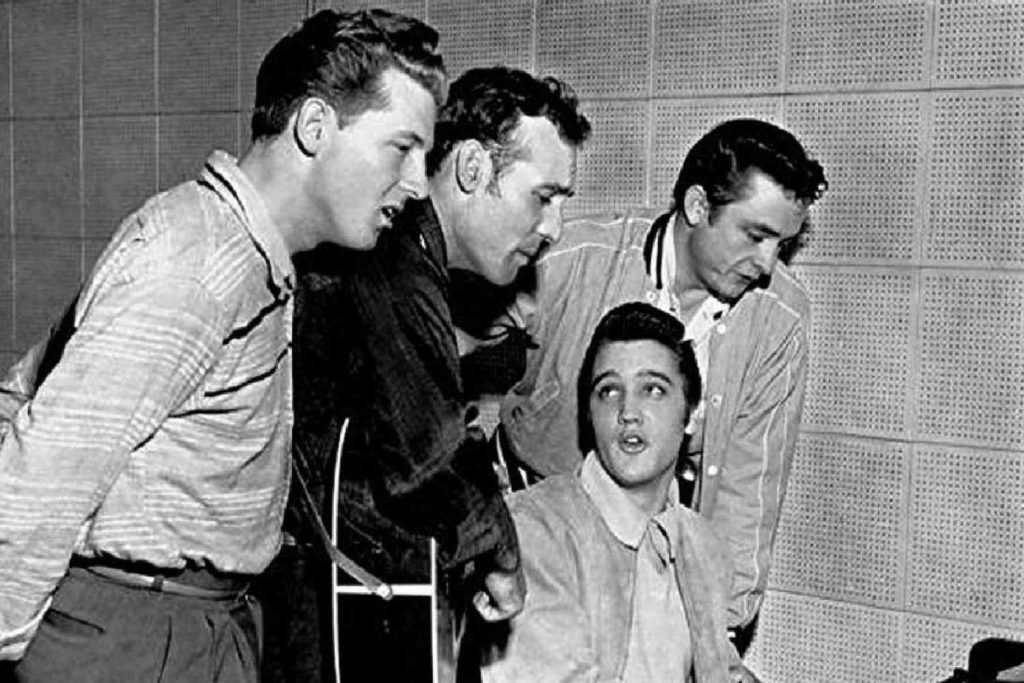For a lot of players, the Altered intervals (b5, b9, #9, b13) feel and sound different on the guitar. Those of you that mainly play Minor/Major Pentatonic and Major/Minor scales won’t have encountered their sound and similarly the fingerings of the intervals might be difficult at first.
Using G Altered, Figure A sticks a box-like pattern with the majority of the scale being a 3 per string pattern. This allows for some hammer ons and legato left hand technique if you so desire.
Figure B takes a slightly more linear approach and works up the neck. Again, it can be handy for legato left hand technique or picked if you prefer (or a combo of both).
We compared some scales and how they’d fit over a V chord (G7) last issue. Let’s take another approach this month for you to get the Altered scale locked into your head and under your fingers.
G Altered = G-Ab-Bb-B-Db-Eb-F-G
As we touched on a few issues back, the Altered Scale is the 7th mode of the Melodic Minor Scale. So, G Altered comes from Ab Melodic Minor…that means G Altered is Ab Melodic Minor starting on G! How does this help? Well, if you know/have played Melodic Minor scales before, all you need to do is move it a semitone up from the root of the chord you want to play it over. E.g G7 chord, use Ab Melodic Minor, C#7 chord, use D Melodic Minor.
Figure C works with G7 resolving to Cm.
Figure D takes a II-V-I in C (Dm7-G7-C) but uses a substitution on the V chord. Usually this is G7 and we’ve been playing G Altered over it. Another option is to think of the G7 as Db7 (tritone substitution). You can play Db7 very literally and it will work and outline the chord/substitution nicely as long as you resolve to the bar of C (the I chord). Now, remember we said G Altered was Ab Melodic Minor? Well the 4th mode of Ab Melodic Minor is Db Lydian Dominant (a Lydian mode with a dominant 7th) or Db7 with the #4 which beautifully outlines our Db7 sound in the second bar.
A lot to think about here! If you haven’t played the Altered Scale before but already know Melodic Minor this can be a great introduction. Ultimately, I think it’s a good idea to learn the Altered Scale independently from the root note. Even though it might be some extra work at first I find it easier to use knowing it from the root as it’s less to think about (especially on the fly when seeing Dom7 type chords on a chart and then having to think up a semitone). But it might be a good starting point for those that are having trouble with the Altered Scale shapes. Robben Ford is a big user of the up a semitone approach and talks about it often in his instructional materials. Furthermore, it can be heard in lots of his playing where he beautifully incorporates Altered (mostly over the V7 chord) with resolution and more typical Minor Pentatonic and Blues scale licks – definitely worth checking out!
Intrigued by these Altered scale lessons? Read more here.
